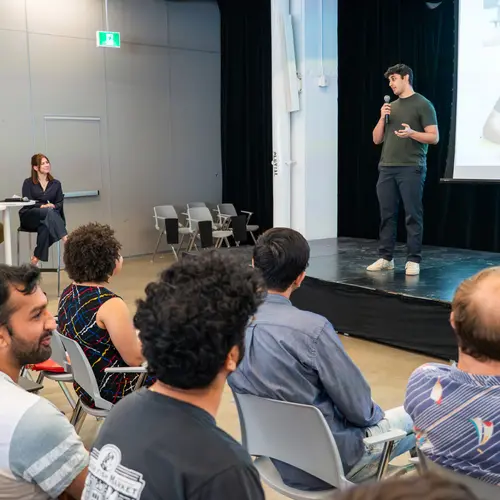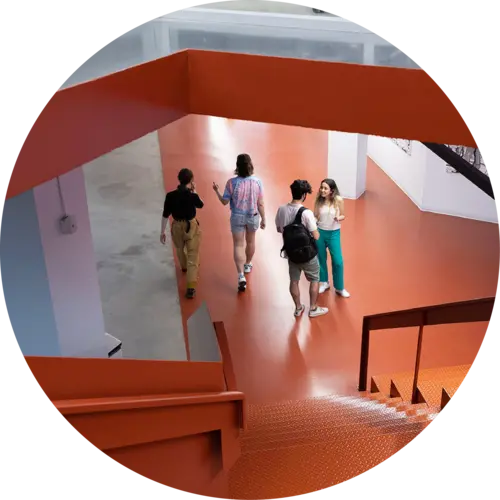
Samira Ebrahimi Kahou
Biographie
Je suis professeure adjointe à l'Université de Calgary, à l'école d'ingénierie Schulich au département de génie électrique et logiciel. Je suis aussi professeure adjointe au département de génie logiciel et technologies de l'information de l'École de technologie supérieure (ÉTS) et professeure adjointe à l'école d'informatique de l’Université McGill. Avant de me joindre à l'ÉTS, j'ai été stagiaire postdoctorale auprès de la professeure Doina Precup à l’Université McGill / Mila – Institut québécois d’intelligence artificielle.
Préalablement à mon postdoctorat, j'ai été chercheuse à Microsoft Research, à Montréal. J'ai obtenu mon doctorat à Polytechnique Montréal / Mila en 2016 sous la supervision du professeur Chris Pal. Pendant mes études doctorales, j'ai travaillé sur la vision par ordinateur et l'apprentissage profond appliqués à la reconnaissance des émotions, au suivi d'objets et à la distillation de connaissances.


